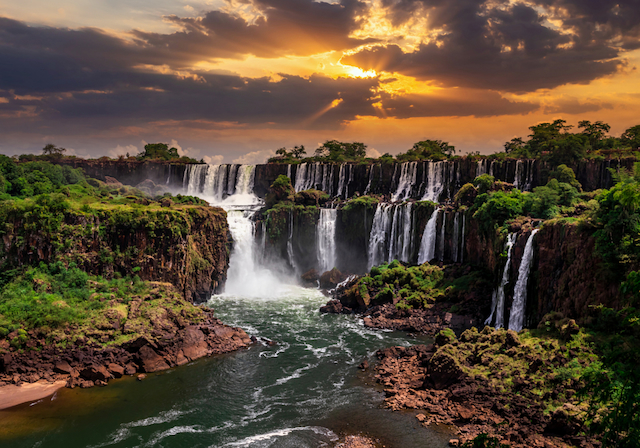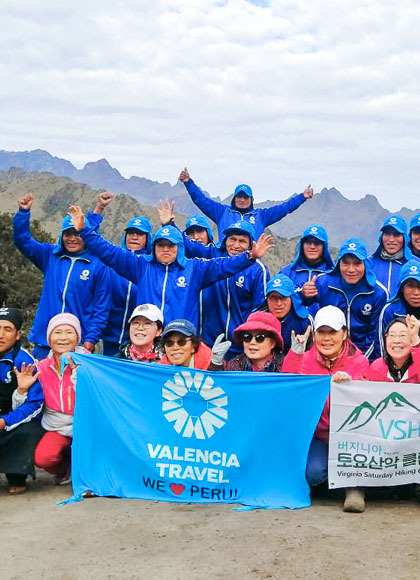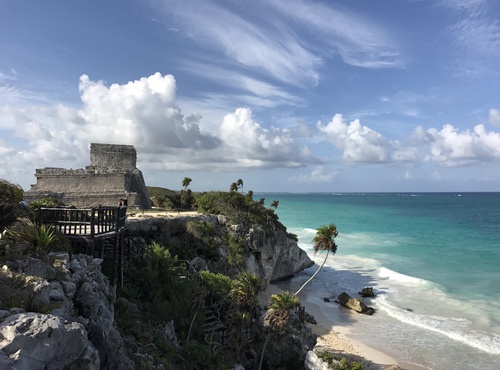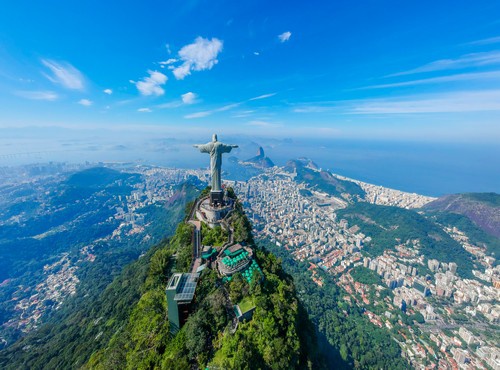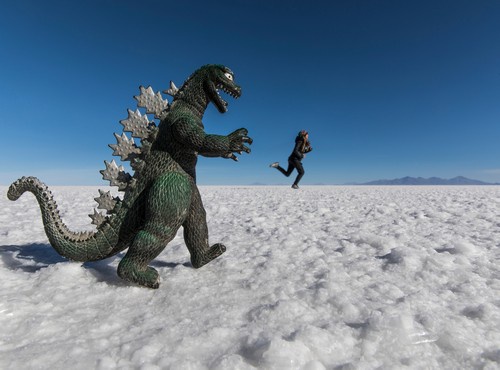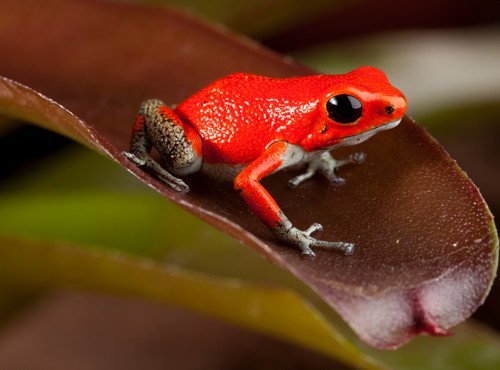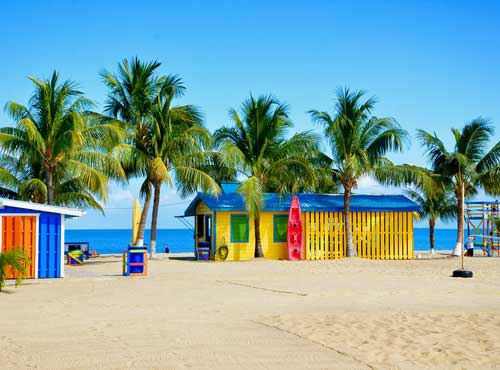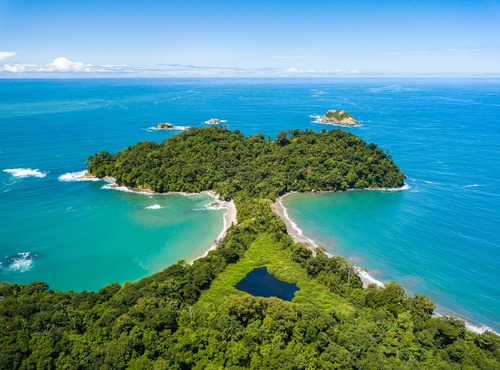
Written by:undefined undefined
Published: 05-09-2021
Chilean Patagonia is an off the beaten track wilderness with some creature comforts along the way. The campsites have excellent facilities, the roads are in great shape, and buses are punctual, comfortable and frequent. Patagonia is a world of exploration and a unique destination on the planet. Marvel at guanaco´s and huemul deer, roaming through their habitat, while pink flamingos appear to walk on water on the pristine lakes. Enjoy all of this in a peaceful setting which “force” you to relax and take in the experience, in one of the most uninhabited and remote places on the planet.
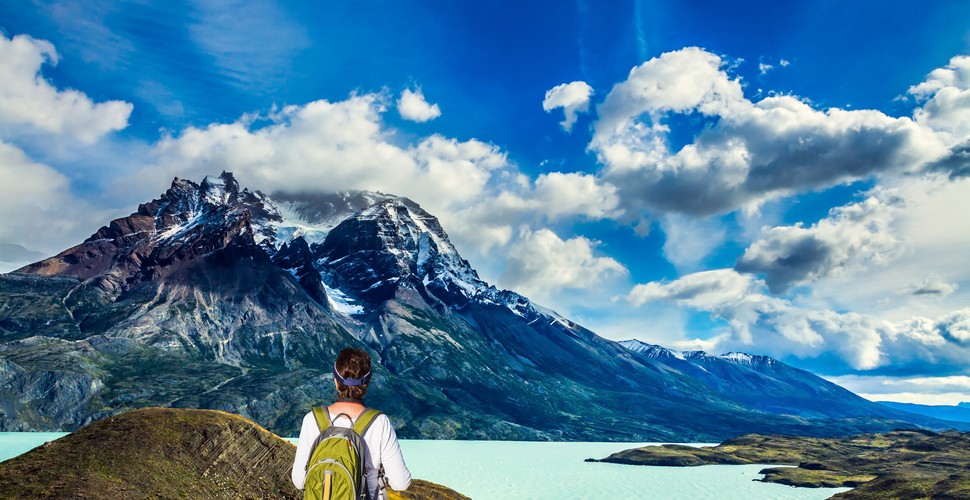
Incredible Patagonian mountains
A lot smaller than Argentine Patagonia, Chilean Patagonia covers the regions of Araucanía, Los Rios, Los Lagos, Aysén, Magallanes and the Chilean Antarctic. It is still debated where Chilean Patagonia actually begins, but it is definitely longer than 2,800 km, the length of its longest hiking trail, the Route of Parks. The Route of Parks connects 17 national parks in Chilean territory and a favourite option for many visitors is to hire a car and drive the Carrera Astral (Chile’s Route 7), a 1,240km winding road. The Carretera Austral runs from Puerto Montt to Villa O'Higgins, and is replete with opportunities for side trips, to hike through temperate rainforests, kayak through marble caves, or swim in turquoise-green lakes.

Torres del Paine and vicuñas
Best Time to Visit Chilean Patagonia
Chilean Patagonia’s warmest weather is in the summer months which in the southern hemisphere, is from December to February. The highest temperatures will usually reach around 15 °C, while the northern region see highs around 21°C. Summer also comes with higher prices for accommodation and tours, but excellent hiking weather as a bonus. March is the warmest month, has fewer crowds, the right amount of sunshine, and reasonably-priced hotel options.

Patagonian skies
If you are looking to ski, snowboard or sledge, it is of course best to travel in winter, which runs from June to August. July is the mini high season during the winter, months so try to visit in June or August for better offers, fewer people and a lot of snow. If your main aim is to see the region’s wildlife, autumn is the best time to visit, with spectacular orange, yellow, and red-leafed trees casting their colourful blooms through the valleys.
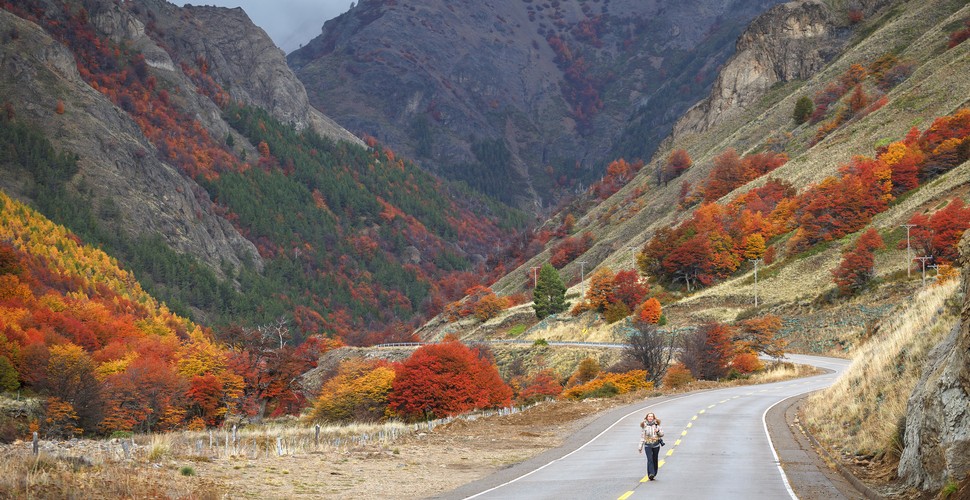
Autumn in Patagonia
Torres del Paine National Park
The famous the “W” or “O” routes, through the Torres del Paine National Park are the main reasons to visit. Multi-day hikes are the most immersive way to see the park’s grasslands, forests, glaciers, lagoons, and the granite peaks of the Cuernos del Paine. Cross the Patagonian Icefield on a tour of the Grey Glacier, or embark a sail boat to cruise alongside it. There is also the opportunity to head out puma tracking, kayak past icebergs, or head out hose riding, accompanied by the Andean Condors overhead and wild guanacos roaming through the nearby fields.

Lake in Torres del Paine national park
You can stay inside the park which is equipped with hotels, refuges, campsites and eco-friendly glamping. Puerto Natales is the nearest town and has many accommodation options from lodges to hostels. Bear in mind that the bus ride will take two-and-a-half hours each way. Book accommodation early and they reserve out very early.
From December to March, Puerto Natales’ small airport has several flights a week from Santiago and Punta Arenas. Flights are far more common and plentiful from Santiago to Punta Areas, where you can then get a bus to Puerto Natales. Once in Puerto Natales, hop on a bus or hire a car to drive the remaining 60 km to Torres del Paine.
Chiloé
Kayak around the Chiloé archipelago and see the brightly coloured houses on stilts, called "palafitos". Chiloe has 16 UNESCO World Heritage Site wooden churches, which combine Spanish architecture and Chilota boat-building techniques with funky interior designs. Hike through the forests of Chiloé National Park, the habitat of more than 100 different bird species and marvel at the sunset over the Dock of Souls (Muelle de Las Almas). Eat a big bowl of curanto, seafood and potatoes put in the ground and covered with rhubarb leaves to bake, a traditional cooking method of the Chonos people who are native to Chiloé.

"palafito" houses on stilts
Stay in Castro, the biggest city on Chiloé Island. However, if you want to enjoy misty mornings on the water, consider renting a palafito in Castro or camp along the coast. For comfort and luxury, book one of the lodges on the Rilán Peninsula.
How to get there: Fly from Santiago to Chiloé “Mocopulli” Airport or fly from Santiago to Puerto Montt, then drive or take the bus the rest of the way. Take the bus from Santiago to Ancud, which takes 12 hours or from Puerto Montt to Ancud, which is a 2 hour journey.
Punta Arenas
The city of Punta Arenas offers fantastic views of the Magellan Straight and a life-size replica of Magellan’s ship. Punta Arenas’s main attraction however, is the perfect location as a base camp for seafaring and wildlife-viewing adventures. From here, venture to Isla Magdalena to see Chile’s largest penguin colony. Sail the fjords in search of dolphins or take a cruise to Cape Horn. If you plan to visit in winter, go to the Ski Andino centre to ski or snowboard at the end of the world.

Patagonian Penguins!
Stay in the centre if you want to be close to restaurants, bars, the bus station, and the port. Options in the centre are more “top-end” while boutique hotels and budget accommodation are mostly located a 15 minute walk from the centre to experience Chilean gaucho culture and get away from the hustle and bustle of the town, head to an estancia.
You can get to Punta Arenas from Santiago by aeroplane. Buses come from Ushuaia and take 12 hours, while from Puerto Natales it will take around 4 hours. You can drive from Puerto Natales in about 2 hours and 45 minutes.

trekking in Patagonia
Pucón
Hike to the lava-filled crater of the Villarica Volcano or ski down the side of it. Bathe in the thermal springs of the Termas Geometricas Hot Springs. Trek through the monkey puzzle tree forests and encounter lakes, waterfalls, and panoramic views of the mountains in the Huequehue National Park, and venture to nearby Curarrehue’s for white water rafting. In winter, you can even cross the Villarica region and the Andean mountains on a dog sledge!

VillaRica Volcano
Choose to stay along the waterfront of Lake Villarica for excellent views or in the centre of town for easier dining and transportation. Camp at Parque La Posa for an alternative, budget-friendly option or consider staying at the nearby city of Villarica on the other side of the lake for more reasonably priced hotels.
You can get to Pucon, by air, flying from Santiago to Puerto Montt. From there you can hire a car and drive for four hours or take the 6 hour bus trip. Take a direct bus from Santiago which is a 9 hour journey or from San Martin de los Andes in Argentina, which takes 5 hours approximately.
Tierra del Fuego
Blessed with trekking destinations, wildlife, and sailing, travellers head to Tierra del Fuego for solitude, space, and remote, unique scenery. Trek for 5 days on the edge of Navarino Island on the Dientes de Navarino Trail or opt for the seven-day Tierra del Fuego Trail through snowy mountain passes and along the Lago Fagnano. If you are looking for a shorter trek, the Karukinka Natural Park offers several 1 day hikes. You can also visit Parque Pingüino Rey to hear the song of the King penguins. Sail through the Beagle Channel and cruise through Glacier Alley and the sailing pinnacle in the area is where the Atlantic and Pacific oceans meet, at Cape Horn.
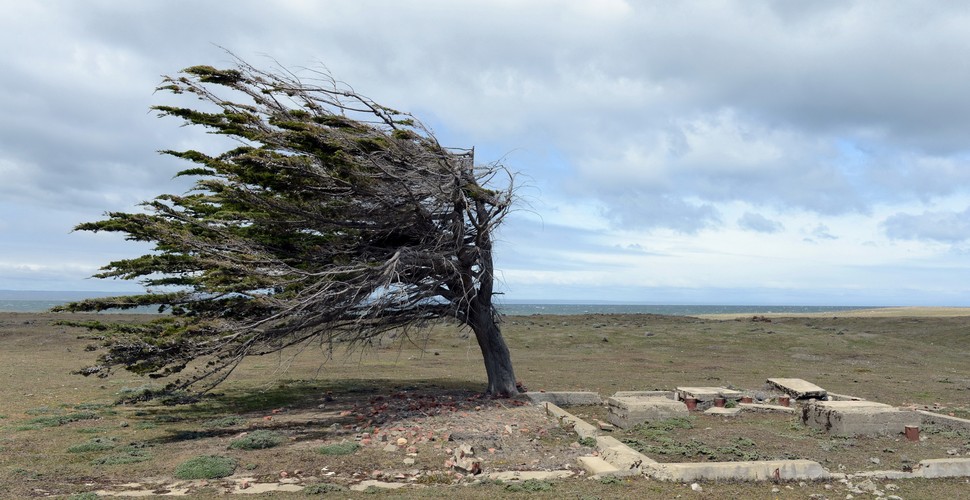
windswept tree on Cape Horn
You can choose Punta Arenas as your base to explore on any of the cruise options, but if you prefer to hike, you will want to base yourself further south. Head to Isla Navarino or stay in one of the few hotels in Puerto Williams. There are refuges along the way but they are on the basic end of the spectrum.
You can get to Tierra del Fuego by flying from Santiago to Punta Arenas, then take a connecting flight to Porvenir to explore the northern part of Tierra del Fuego, or alternatively, fly to Puerto Williams to explore the south. You may also take the ferry from Punta Arenas to Porvenir and is only a short 2 ½ hr journey. You can also take the 31-hour ferry from Punta Arenas to Puerto Williams. Though more expensive and a lot longer of course, this will give you the opportunity to see much more of the Tierra del Fuego region.
Aysén
Is the home of the famous Marble caves. You can opt to kayak through the turquoise-green waters of the swirling Marble Caves, or wander through the forests and wetlands in this Patagonia National Park. Ice walk the Northern Patagonian Icefield, see the San Rafael Glacier by boat, and camp in the surrounding rainforest in the Laguna San Rafael National Park.
Puerto Tranquilo, is the closest town to the Marble Caves, offering camping and a few refuges. For the Patagonia National Park, stay at one of the campsites or at the lodge inside the park. For San Rafael, book a room at a boutique hotel, cabin, or hostel in Puerto Chacabuco, or stay in Puerto Tranquilo.

Marble Caves
To get to Aysén, From Santiago, fly to Puerto Montt then connect to Balmaceda airport. From there, you rent a car and drive around the region. You can also take a ferry from Puerto Montt to Puerto Cisnes or Puerto Chacabuco. From the south, take the ferry from Puerto Natales to Caleta Torte.

